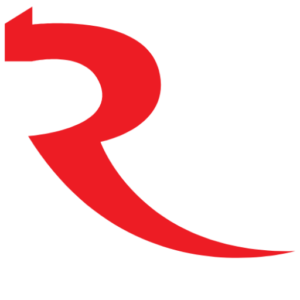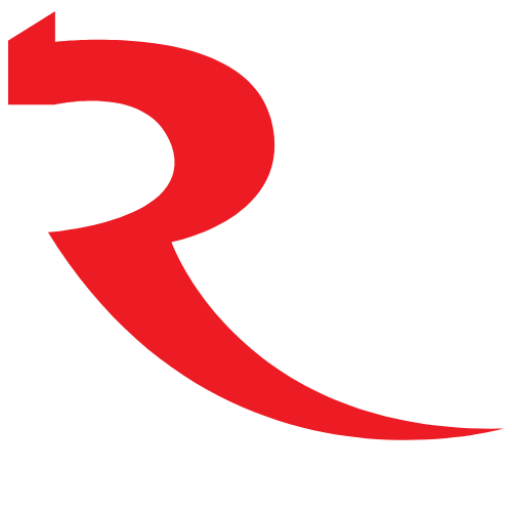The annual inflation rate posted a faster-than-expected decrease in the first two months of 2023 Q4, falling to 6.72 percent in November from 8.83 percent in September, amid the continued slowdown in the growth rate of food and energy prices, as well as following the decline in fuel prices, under the impact of lower crude oil prices.
At the same time, the annual adjusted CORE2 inflation rate saw its downward trend steepen more than anticipated, shrinking to 9.1 percent in November from 11.3 percent in September, against the background of more widespread disinflationary base effects, ebbing agri-food commodity prices and the measure to cap the mark-ups on essential food products, but also in the context of the slower dynamics of import prices.
The annual inflation rate calculated based on the Harmonised Index of Consumer Prices (HICP – inflation indicator for the EU Member States) went down to 6.9 percent in November from 9.2 percent in September 2023. Furthermore, in November, the average annual CPI inflation rate and the average HICP inflation rate fell to 11.2 percent and 10.3 percent, respectively, from 12.6 percent and 11.4 percent, respectively, in September.
In comparison to the same year-ago period, GDP growth rose marginally in Q3, to 1.1 percent from 1.0 percent in Q2, thus remaining modest from a historical perspective, as the change in inventories increased its already powerful contractionary impact, and the contribution of general government consumption became slightly negative. However, gross fixed capital formation saw a re-acceleration in its annual growth to double-digit readings in 2023 Q3, while household consumption posted an annual pick-up after the stagnation in the previous quarter. At the same time, net exports continued to exert a more considerable expansionary impact, given the further widening of the positive differential between the dynamics of exports of goods and services, in terms of volume, and those of imports, amid the latter falling more visibly into negative territory. Consequently, the trade deficit saw a renewed, slightly faster annual decline. In contrast, the current account deficit posted further a significant year-on-year narrowing, albeit somewhat more modest than in Q2, given the slower pace of improvement in the primary income balance in Q3, on account of reinvested earnings.






